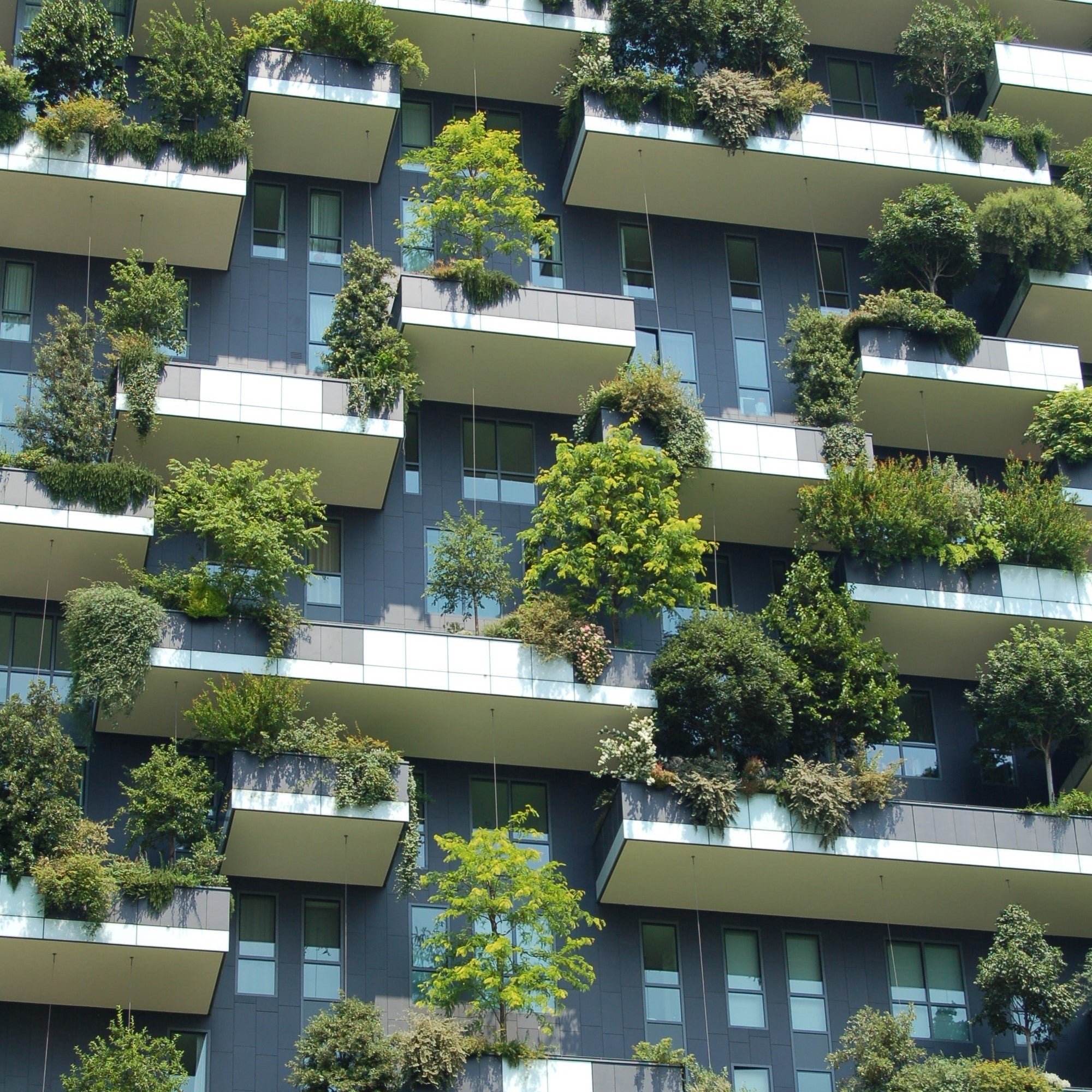How to Grow Plants in the City With Urban Gardening
•Posted on October 26 2018

The hustle and bustle of city life is a unique experience to witness.
You have the honking of horns during rush hour, the multitudes of pedestrians crossing the street and never-ending skyscrapers.
But while these sights and sounds are in ample supply, living space on the other hand, is lacking.
The world’s current global population stands at a whopping 7.2 billion people, so the absence of space is no surprise — especially considering that most individuals are increasingly abandoning rural and suburban life for the city.
In fact, a report from the United Nations suggests 68 percent of the global population will live in urban areas by 2050.
When you combine this number with the estimated population growth of 9.6 billion by that same year, space quickly becomes a thing of the past.
But the surge in world population is just a minor hiccup for city dwellers who are learning to put down their roots – with urban gardening, that is.
What is Urban Gardening?

Urban gardening is a method of growing food in densely populated urban areas that seeks to integrate gardening within the unique environment of cities.
While this method seems fairly new, it can actually be traced back as early as 3,500 BC in Mesopotamia when farmers reserved plots of land for agricultural use as cities developed.
The wonderful thing about this approach is it’s not one-size-fits-all.
Because no two cities or living situations are alike, urban gardening can be done in a way that best suits you and your lifestyle or that of your community.
What Are My Options?
As previously stated, urban gardening is all about integration. Your goal is to work with the limited space you have and grow your food plants to the best of your ability with those limitations in mind.
This doesn't mean your creativity is hindered. If anything, it's quite the opposite.
Here are a few techniques that fall under the umbrella of urban gardening that you can consider:
1. Container Gardens

You can grow food plants in pots, buckets or any suitable container.
Just be sure it's sturdy enough for your desired plant and the material is pliable so you can add drainage holes.
This method of urban gardening is great for those with access to a small outdoor area like a balcony or stoop.
2. Vertical Gardens

Just as the name suggests, vertical gardens allow you to grow your plants upwards!
Similar to container gardening, you would plant your greens in containers, but they would be placed on a wall to leave floor space untouched.
This strategy is best for those in apartments or those who don’t have outdoor space nearby.
3. Raised Beds

A raised bed is simply a frame that is typically 3 to 4 feet wide and encloses the soil used for your plants.
It "raises" the soil from the typical ground level to one that is more easily reached - perfect for maintenance purposes and preventing damage from foot traffic.
With enough raised beds, you can create an entire rooftop garden, though all you really need is a decent sized balcony to get started.
4. Kitchen Gardens

The convenience of having edible plants ready to go on your kitchen countertop is priceless.
Herbs are a great choice for those looking to give their green thumbs some practice while staying low maintenance.
Placing your small pots or planters with different herb varieties near a window will get your kitchen garden growing in no time!
5. Community Gardens

Is there a vacant lot you think you can spruce up with those in your neighborhood?
If so, why not work towards creating a community garden?
You'll want to start by amending the soil so it's healthy enough to support your plants' nutritional needs. Otherwise, raised beds can also be included in your setup.
What Are the Benefits of Urban Gardening?

Aside from the obvious perk of having fresh, healthy food at your fingertips, urban gardening is advantageous for several reasons:
1. Reducing Carbon Emissions
Urban gardens significantly cut down on the amount of fossil fuel typically used to transport, package and sell food.
2. Community Building
What better way to sustain residents than with healthy food?
For neighborhoods with community gardens, a project of this size requires a team effort and this gives many individuals enough incentive to work together and make it successful.
3. Food Security
Unfortunately, some regions suffer from food shortages and even more don’t provide access to affordable, nutritious food.
Whether you are resolving this problem on an individual scale for yourself, your family, or on a larger scale for your community, urban gardening can provide healthy food to locals that wouldn't be accessible, otherwise.
4. Green Space
Just as important as living space, is green space. Urban gardens create a healthier city ecosystem by decreasing carbon in the air, cooling the city, and reducing runoff from rain.
Will You Grow Urban Style?
Whether you reside in rural areas or settle in suburbia, a taste of city life is just a plant away through urban gardening and we have the right nutrients to get your garden growing.
For a well-rounded fertilizer particular to edible plants, you can browse through our specialty fertilizers.
Otherwise, our eco-friendly and/or water-soluble fertilizers might be more of what you need to correct specific nutrient deficiencies in your plants.
You can also begin by shopping below. Happy gardening!
Related Posts:
Comments
0 Comments
Leave a Comment